Mastering URL Length SEO: Proven Strategies for Optimal URL Structures

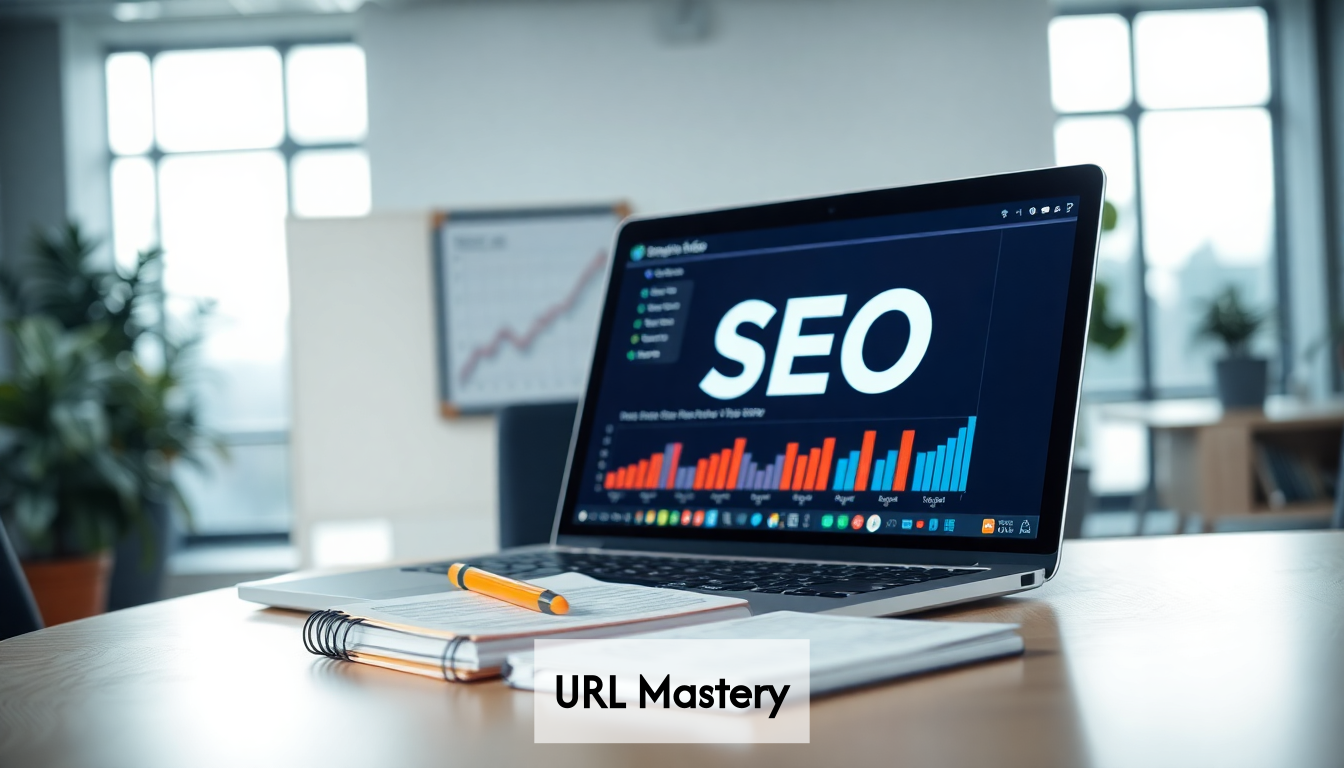
Understanding URL Length SEO: Core Concepts and Importance
URL length is a fundamental component of technical SEO that directly impacts both user experience and search engine performance. The ideal URL length for SEO purposes is typically under 60 characters, striking a balance between descriptiveness and conciseness. According to Reputation X, URLs exceeding 100 characters can negatively affect search rankings and user engagement.
The significance of URL length extends beyond mere character count:
- Improved click-through rates: Shorter, descriptive URLs are more likely to be clicked in search results
- Enhanced shareability: Concise URLs are easier to share across platforms without breaking
- Reduced truncation: Short URLs display fully in search results without being cut off
- Lower error potential: Shorter URLs minimize typing errors when manually entered
- Better mobile experience: Compact URLs work more effectively on smaller screens
The correlation between URL length and ranking factors stems from both technical and user behavior signals. Google's algorithms assess URLs not just on keyword relevance but also on their structure and usability. When URLs become excessively long—particularly those containing unnecessary parameters, session IDs, or redundant keywords—both crawlability and user experience suffer.
Optimizing URL length requires balancing brevity with descriptiveness—short enough to be practical while containing sufficient information to convey page content accurately.
Key Takeaways
| Takeaway | Explanation |
|---|---|
| Ideal URL Length | The optimal URL length for SEO is typically under 60 characters to ensure effectiveness. |
| User Engagement | Short, descriptive URLs lead to improved click-through rates and lower bounce rates by enhancing user trust. |
| Crawl Efficiency | Shorter URLs can improve crawl efficiency, allowing search engines to index pages more effectively. |
| Mobile Experience | Compact URLs are better suited for mobile devices, ensuring full visibility and usability on smaller screens. |
| Keyword Positioning | Positioning important keywords early in the URL maximizes SEO weight and relevance. |
How URL Length Impacts Search Engine Rankings
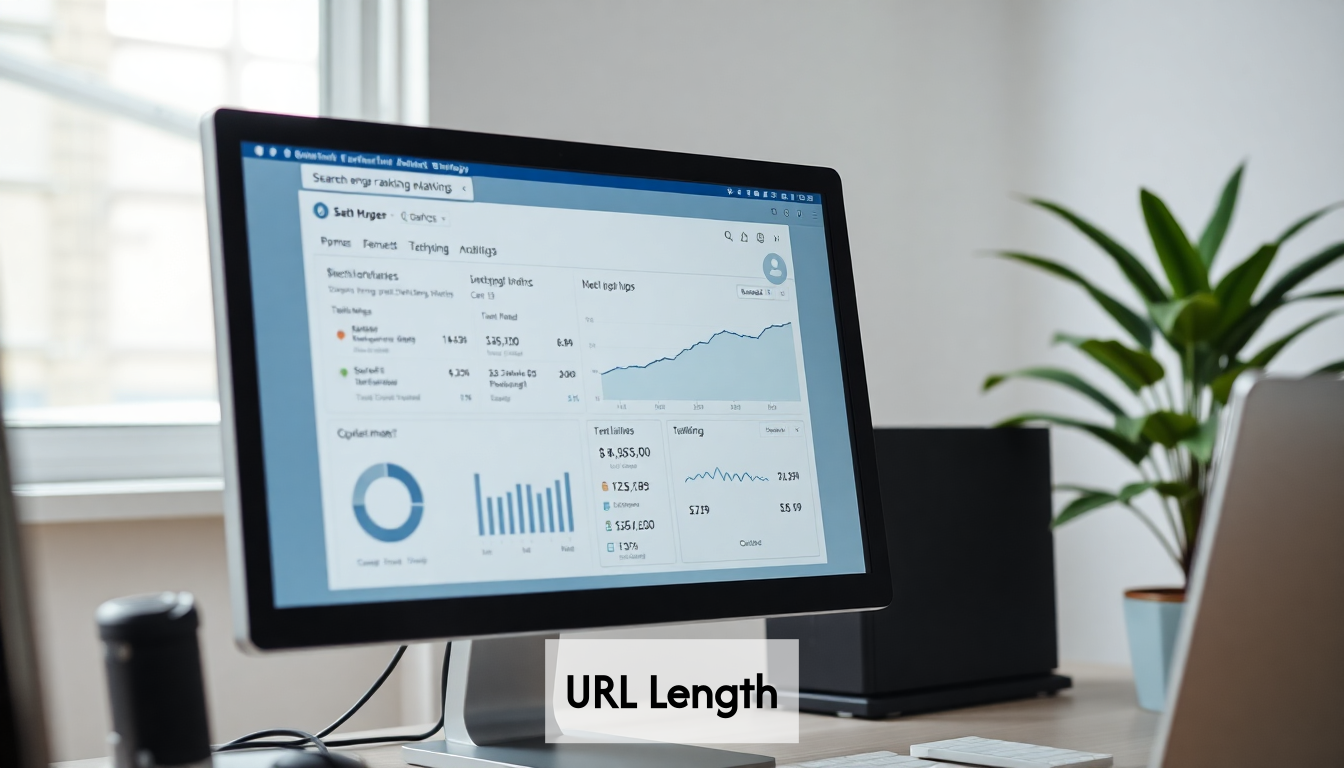
URL length directly influences search engine rankings through multiple technical and user experience pathways. According to Backlinko's analysis of 11.8 million Google search results, shorter URLs demonstrate a slight but measurable ranking advantage over longer ones in competitive search environments.
The relationship between URL length and rankings manifests in several concrete ways:
- Crawl efficiency: Shorter URLs consume less of Google's crawl budget, allowing more efficient indexing
- Keyword prominence: Essential keywords placed earlier in a URL carry more weight in ranking algorithms
- Lower bounce rates: Users tend to trust and click on cleaner, more comprehensible URLs, improving engagement metrics
- Mobile optimization: Compact URLs display better on mobile devices, contributing to mobile-friendliness signals
- Reduced redirect chains: Shorter URL structures typically involve fewer redirects, preserving link equity
While Google has evolved beyond simplistic keyword-matching, URL structure remains a foundational ranking signal. In a comparative study of top-performing pages, those ranking in positions 1-3 had an average URL length of 50 characters, while those in positions 7-10 averaged 62 characters.
The impact is particularly pronounced for competitive keywords, where every ranking factor becomes magnified. For local SEO and long-tail keyword targeting, URL length optimization offers a competitive edge that compounds when combined with other technical SEO improvements.
However, clarity should never be sacrificed merely for brevity—a slightly longer but descriptive URL typically outperforms an extremely short but ambiguous one.
Crafting SEO-Friendly URL Structures: Best Practices
Creating optimal URL structures involves balancing brevity with descriptiveness to maximize both search visibility and user engagement. Implementing these proven practices can significantly enhance your url length seo strategy and improve overall site performance.
According to Neil Patel, the most effective URL structures follow these key principles:
- Use hyphens to separate words: Hyphens are interpreted as spaces by search engines, while underscores are not. Example: use "seo-friendly-url" instead of "seo_friendly_url"
- Include primary keywords early: Position your most important keywords at the beginning of the URL for greater weight
- Remove unnecessary stop words: Articles and prepositions (a, the, and, or, but, of) add length without SEO value
- Maintain a logical hierarchy: Structure URLs to reflect your site's information architecture (domain.com/category/subcategory/product-name)
- Avoid parameter strings: Replace complex query parameters with clean directory structures wherever possible
URL structures directly influence click-through rates from search results pages. Consider this comparison:
| Poor URL Structure | Improved URL Structure |
|---|---|
| domain.com/p=123?id=456 | domain.com/running-shoes |
| domain.com/category/subcategory/product-id-20230912-blue-v2 | domain.com/footwear/running-shoes |
When evaluating maximum url length, aim to keep URLs under 60 characters when possible. This prevents truncation in search results and ensures complete visibility across devices. Remember that descriptiveness should never be sacrificed entirely for brevity—the goal is creating urls that serve both users and search engines effectively.
Utilizing Analytics Tools to Measure URL Performance

Data-driven decisions are essential for optimizing URL length and structure. Analytics tools provide concrete metrics to assess whether your URL strategy is enhancing or hindering SEO performance. According to LeadDigital, leveraging tools like Google Analytics 4 and Google Search Console transforms raw performance data into actionable insights for URL optimization.
Key metrics to monitor for URL performance include:
- Click-through rate (CTR): Compare CTRs across pages with different URL structures to identify patterns
- Average position: Track how URL optimization affects search ranking positions
- Bounce rate: Assess whether cleaner URLs correlate with improved user engagement
- Crawl statistics: Monitor how efficiently search engines process your URLs
- Page load speed: Measure if shorter URLs contribute to faster page loading times
To systematically evaluate url length seo improvements, establish a testing protocol:
- Create a URL structure audit spreadsheet documenting current length and format
- Implement targeted URL optimizations on select pages
- Monitor performance changes over 30-90 days
- Compare against control pages with unchanged URLs
- Scale successful patterns across your site
Google Search Console offers particularly valuable insights through the Performance report, where you can filter URLs by length and analyze corresponding metrics. For larger sites, consider implementing custom dimensions in Google Analytics to tag and compare URL types based on their structure and length characteristics.
Regular url length checks should be incorporated into your overall technical SEO audit process, with particular attention to how URLs perform across mobile devices where screen space is limited.
Advanced Strategies and Future Trends in URL Length SEO
As search algorithms evolve, so too must approaches to URL length optimization. The intersection of AI and technical SEO is transforming how we structure URLs for maximum visibility and user engagement. According to Backlinko, while AI tools have become prevalent in content creation, the fundamentals of technical SEO—including URL structure—remain critically important for search performance.
Leading-edge strategies for url length SEO include:
- Implementing dynamic URL shortening: Automatically generating concise URLs based on page content while preserving keyword relevance
- Predictive URL optimization: Using AI to analyze top-performing URLs across your industry and implement pattern-matching for new content
- Voice search URL adaptation: Creating URL structures that align with conversational search patterns
- Entity-based URL structures: Organizing URLs around recognized entities rather than traditional keyword strings
- Progressive URL migration: Systematically updating legacy URLs based on performance data
The maximum length url considerations are shifting as mobile continues to dominate search. Where desktop-oriented strategies might have tolerated slightly longer URLs, mobile-first indexing demands even greater efficiency in URL structure.
Emerging trends indicate that search engines are increasingly capable of understanding semantic relationships without heavy reliance on exact-match keywords in URLs. This suggests a future where url length may matter more for user experience than for direct keyword matching.
For organizations looking to stay ahead, conducting regular competitive analysis of URL structures within your vertical provides valuable insights. The most successful sites are moving toward ultra-clean URL hierarchies that prioritize user comprehension while maintaining just enough keyword relevance to signal content focus to search engines.
Frequently Asked Questions
What is the ideal URL length for SEO?
The optimal URL length for SEO is typically under 60 characters. This length helps in improving click-through rates and ensures full visibility in search results.
How does URL length affect search engine rankings?
Shorter URLs tend to have a slight ranking advantage as they improve crawl efficiency, allow for better keyword prominence, and enhance user engagement, leading to lower bounce rates.
What are some best practices for crafting SEO-friendly URLs?
Use hyphens to separate words, include primary keywords early, remove unnecessary stop words, maintain a logical hierarchy, and avoid complex parameter strings to create concise URLs.
How can I measure the performance of my URLs?
Utilize tools like Google Analytics and Google Search Console to track metrics such as click-through rate, average position, bounce rate, crawl statistics, and page load speed to evaluate URL performance.
Unlock Your SEO Potential with Baby Love Growth AI!
Struggling to master URL length optimization for SEO? You’re not alone. Many digital marketers and businesses grapple with creating concise, effective URLs that boost click-through rates and enhance search engine rankings. As highlighted in "Mastering URL Length SEO: Proven Strategies for Optimal URL Structures," the right URL length isn’t just about being short—it’s about being impactful!
Why should you care? Because every character counts! A streamlined URL can significantly improve your site's crawl efficiency and user engagement, driving more traffic to your business. In the realm of digital marketing, the challenge lies in implementing these best practices efficiently.

Now, imagine a solution that simplifies this process! With Baby Love Growth AI, you can automate the heavy lifting:
- Keyword Discovery to help you identify the best keywords for your URLs
- Keyword Clustering to align your content and URLs effectively
- Content Generation that adheres to optimal URL length guidelines
- SEO Optimization solutions designed to enhance your visibility
Don't let cumbersome URLs hold you back. Act now to leverage AI-driven insights and give your digital marketing the edge it needs! Discover how Baby Love Growth AI can transform your online presence today. Visit us at https://babylovegrowth.ai and start mastering your URL strategies like a pro!
Smart SEO,
Faster Growth!
Most Read Articles
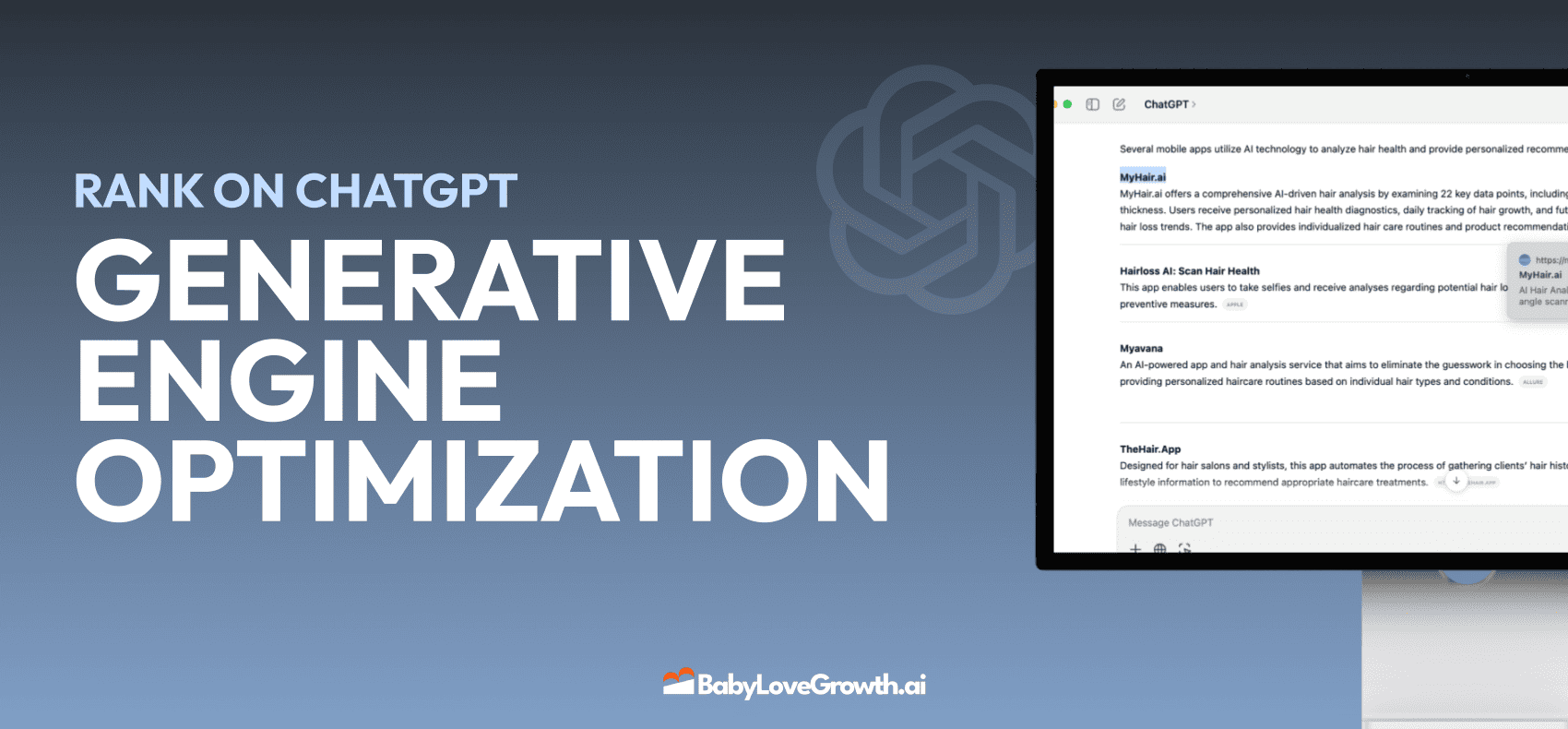
Generative Engine Optimization (GEO)
Learn how Generative Engine Optimization (GEO) helps your content rank in AI search engines like ChatGPT and Google AI. This comprehensive guide explains the differences between SEO and GEO, why it matters for your business, and practical steps to implement GEO strategies for better visibility in AI-generated responses.
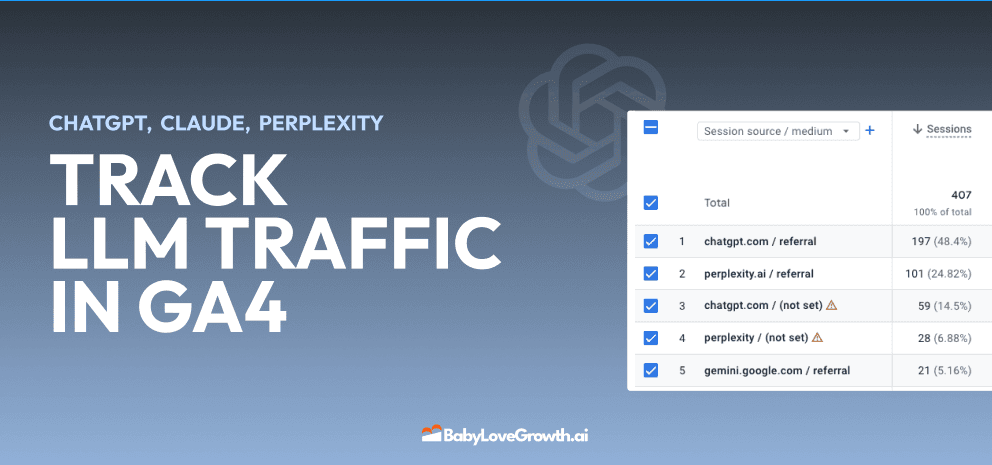
Track LLM Traffic in Google Analytics 4 (GA4)
Learn how to track and analyze traffic from AI sources like ChatGPT, Claude, Perplexity, and Google Gemini in Google Analytics 4. This step-by-step guide shows you how to set up custom filters to monitor AI-driven traffic and make data-driven decisions for your content strategy.
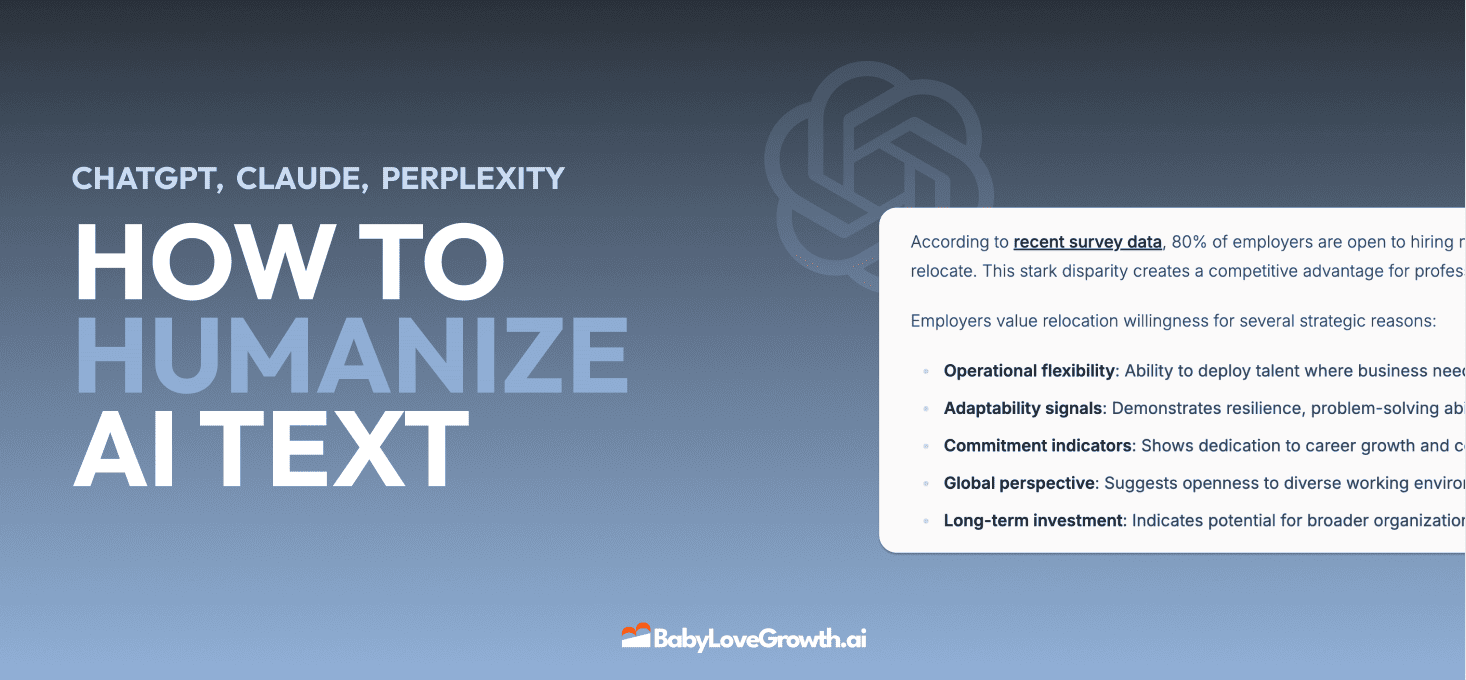
How to Humanize AI Text with Instructions
Learn practical techniques to make AI-generated content sound more natural and human. This guide covers active voice, direct addressing, concise writing, and other proven strategies to transform robotic text into engaging content.
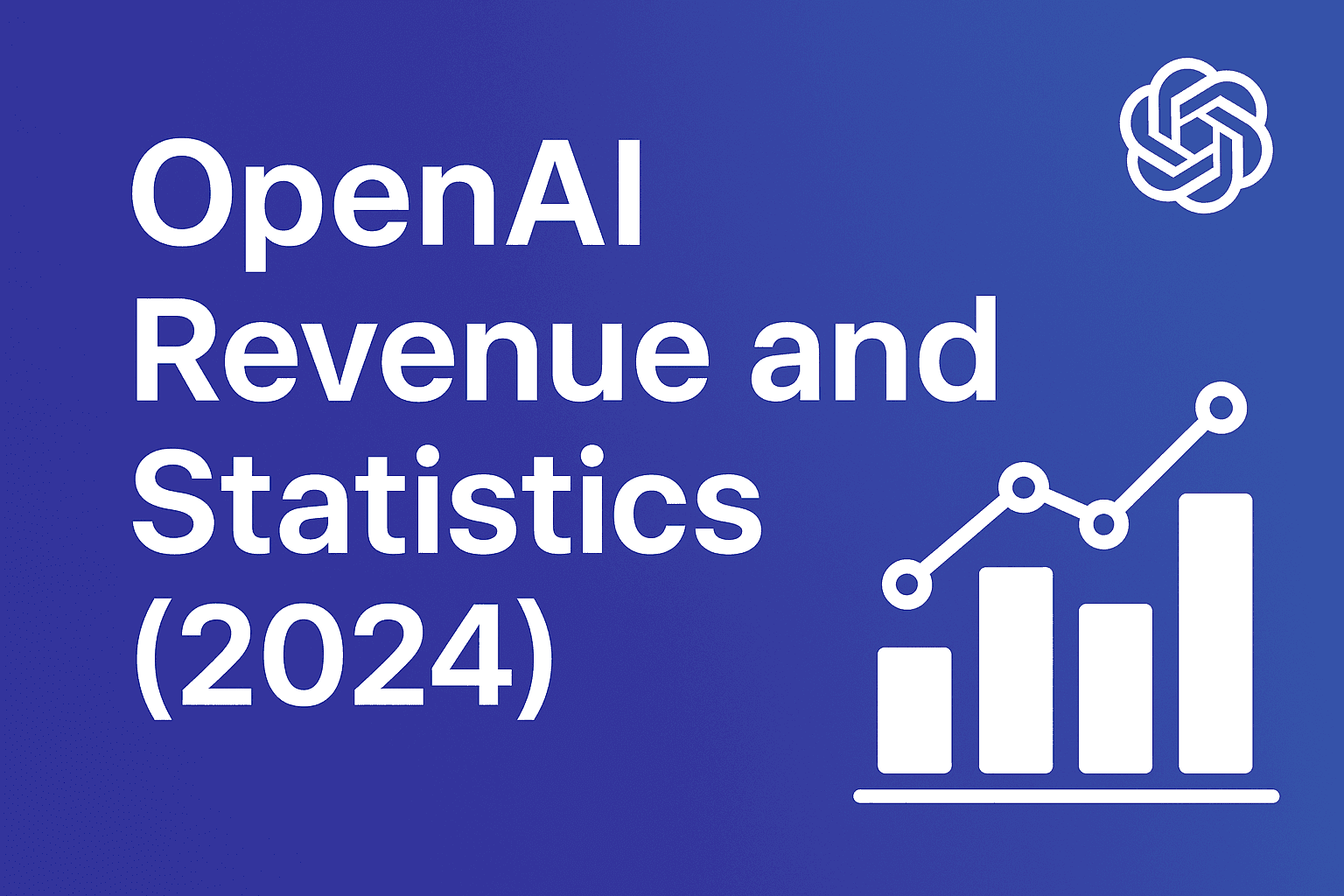
Open AI Revenue and Statistics (2024)
Comprehensive analysis of OpenAI financial performance, user engagement, and market position in 2023. Discover key statistics including $20B valuation, $1B projected revenue, and 100M+ monthly active users.